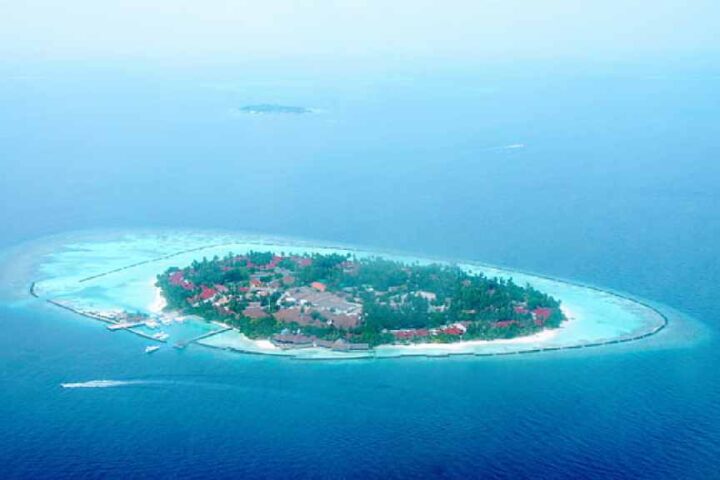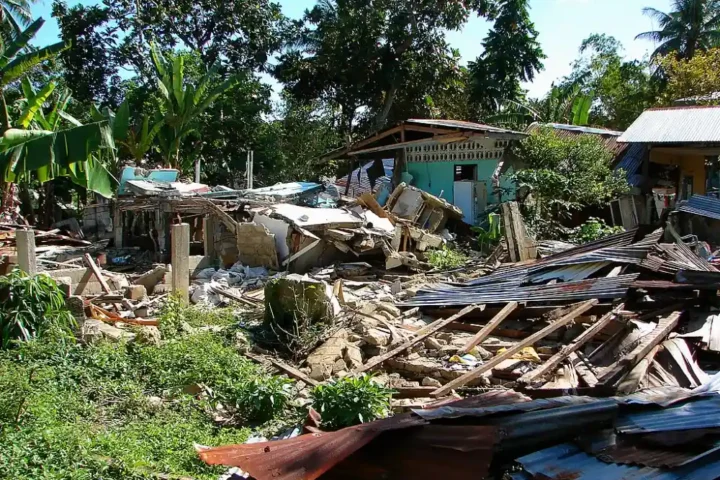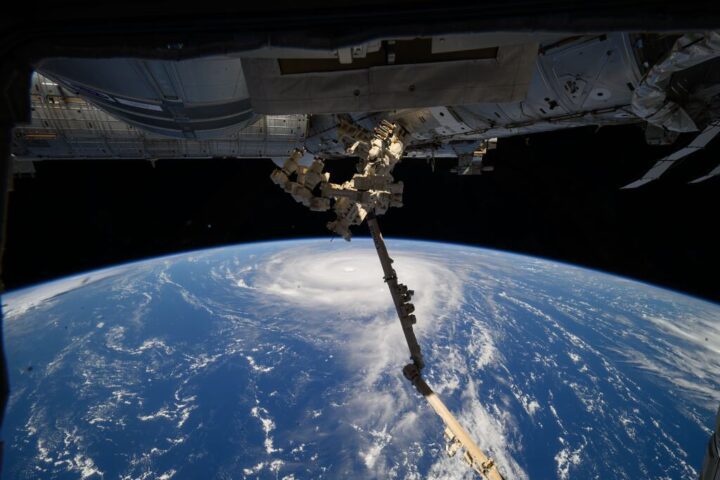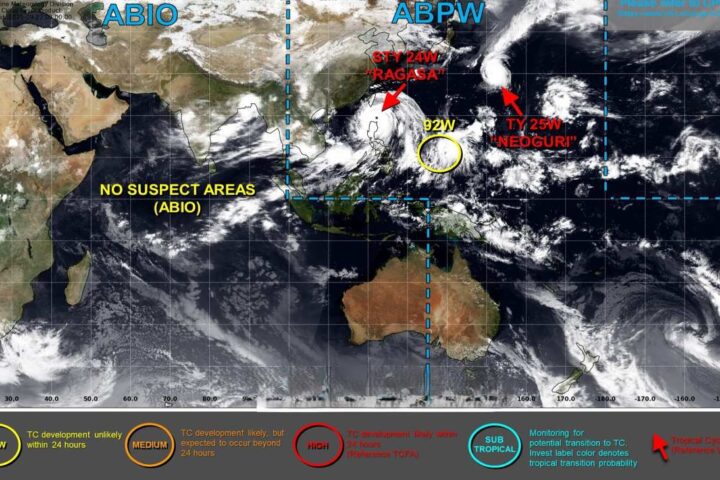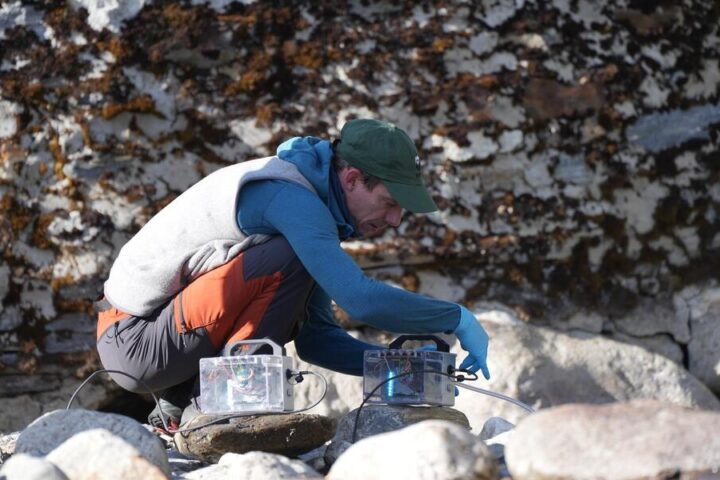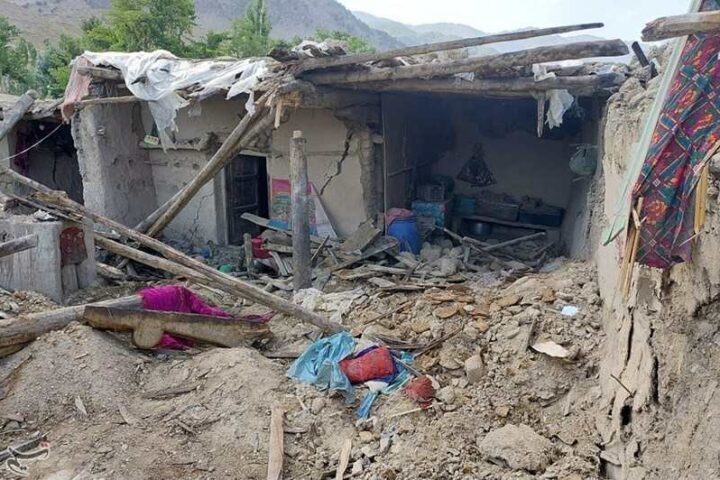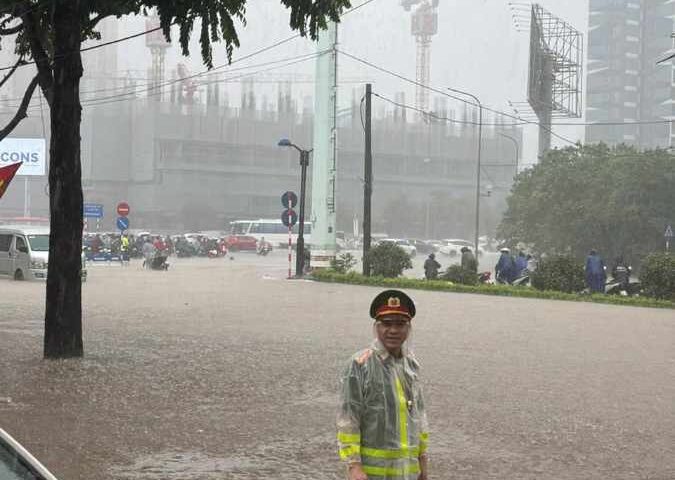Gaza Buried Under 61 Million Tonnes of Toxic Debris
Two years of conflict have created an unprecedented environmental and humanitarian disaster affecting water, soil, air, and ecosystems with impacts lasting generations

Two years of escalating conflict have caused unprecedented levels of environmental damage in the Gaza Strip, damaging its soils, freshwater supplies, and coastline, according to a September 2025 report from the United Nations Environment Programme (UNEP). The assessment says recovery from some of that damage could take decades.
Before the 2023–2025 conflict, over 97% of Gaza’s coastal aquifer was already considered unsuitable for human consumption due to over-extraction and saltwater intrusion. UNEP’s latest assessment warns that conflict-related damage to sewage treatment infrastructure and the widespread use of makeshift cesspits have likely further contaminated the aquifer and freshwater supplies.
The environmental collapse has triggered disease outbreaks. Cases of acute watery diarrhoea increased 36-fold and acute jaundice syndrome indicative of hepatitis A increased 384-fold, according to WHO disease surveillance data cited in the UNEP report. These increases stem from sewage infrastructure collapse and contaminated water becoming the only option for many displaced people.
The Scale of Destruction
UNEP satellite analysis reveals environmental damage that will affect generations
The environmental crisis occurred in a context where Gaza already faced severe infrastructure challenges. Long before the October 2023 escalation, water scarcity and electricity shortages were chronic problems. Rolling blackouts have been common for 20 years, and residents relied on small-scale desalination units and private water tankers for potable water.
The conflict has generated debris 20 times greater than all previous conflicts in Gaza combined since 2008, according to UNEP. Nearly two-thirds of the debris was generated in the first five months of the conflict, with destruction accelerating again in the months leading to the October 2025 ceasefire.
Understanding 61 Million Tonnes
UNEP and UNOSAT use landmark comparisons to convey the debris volume
In Gaza City, UNOSAT’s assessment of September 2025 satellite imagery found an even higher proportion of destruction: 83% of buildings had been damaged or destroyed, representing the highest damage rate across the territory.
The accumulation of 61.5 million tonnes equates to approximately 169 kilogrammes of debris for each square metre of Gaza’s territory, according to UN and AFP calculations. This immense volume creates immediate dangers from unexploded ordnance hidden within rubble, while also posing long-term health risks from asbestos, industrial chemicals, and heavy metals.
Regional Environmental Impact Zones
Key affected areas across Gaza showing destruction levels and environmental hazards
Public Health Emergency
Environmental collapse has triggered disease outbreaks and humanitarian crisis
UNEP reports that 95% of Gaza’s shrubland and 82% of annual crops have been destroyed. Food production at scale is no longer possible. The loss of vegetation, combined with soil compaction from military activity, has reduced the land’s ability to absorb water, increasing runoff and flood risks while reducing groundwater recharge.
The water crisis extends beyond quantity to quality. The collapse of sewage treatment infrastructure, destruction of piped water systems, and reliance on cesspits for sanitation have contaminated the aquifer that supplies much of Gaza with water. Marine and coastal areas are also likely contaminated, though testing remains impossible due to access restrictions.
Environmental Deterioration Timeline
How the crisis evolved from pre-existing vulnerabilities to unprecedented devastation
Toxic Contamination Crisis
UNEP estimates approximately 15% of debris at relatively high contamination risk
UNEP’s assessment includes 30 recommendations for reversing environmental damage. These include rapid reconstruction of water and sewage infrastructure, systematic soil contamination testing, debris removal with recycling where possible, and safe munitions disposal. The assessment emphasizes that environmental recovery hinges on careful, inclusive, and science-based planning.
The Arava Institute and Damour for Community Development have proposed an alternative recovery strategy. Their September 2025 report “Shared Environments, Shared Futures” advocates for decentralized, nature-based solutions rather than conventional reconstruction. The approach recognizes that the interim period between conflict cessation and full sustainable recovery will span many years.
Pathways to Environmental Recovery
Innovative approaches proposed by UNEP, Arava Institute, and humanitarian organizations
Take Action for Environmental Recovery
The scale of environmental destruction in Gaza requires global awareness and support. Share this information to help raise awareness about the long-term consequences of conflict on ecosystems and human health.
The UNEP assessment was conducted at the request of the State of Palestine. Due to security constraints, UNEP staff were unable to travel to Gaza, so the assessment used remote sensing including satellite imagery analysis and field-based observations by other UN agencies.
This marks the second time since October 2023 that UNEP has conducted an environmental assessment of conflict-related damage in Gaza. By almost all measures, the territory’s environment has deteriorated dramatically since the preliminary assessment in June 2024.
Environmental recovery requires immediate cessation of hostilities, UNEP states. The first phase of recovery must focus on saving lives through restoration of essential services and debris removal to enable humanitarian access. The scale of destruction means environmental restoration will require decades of sustained effort with transparent funding and third-party oversight to ensure accountability.
Authoritative Sources
All data sourced from official UN agencies, research institutions, and primary documents



